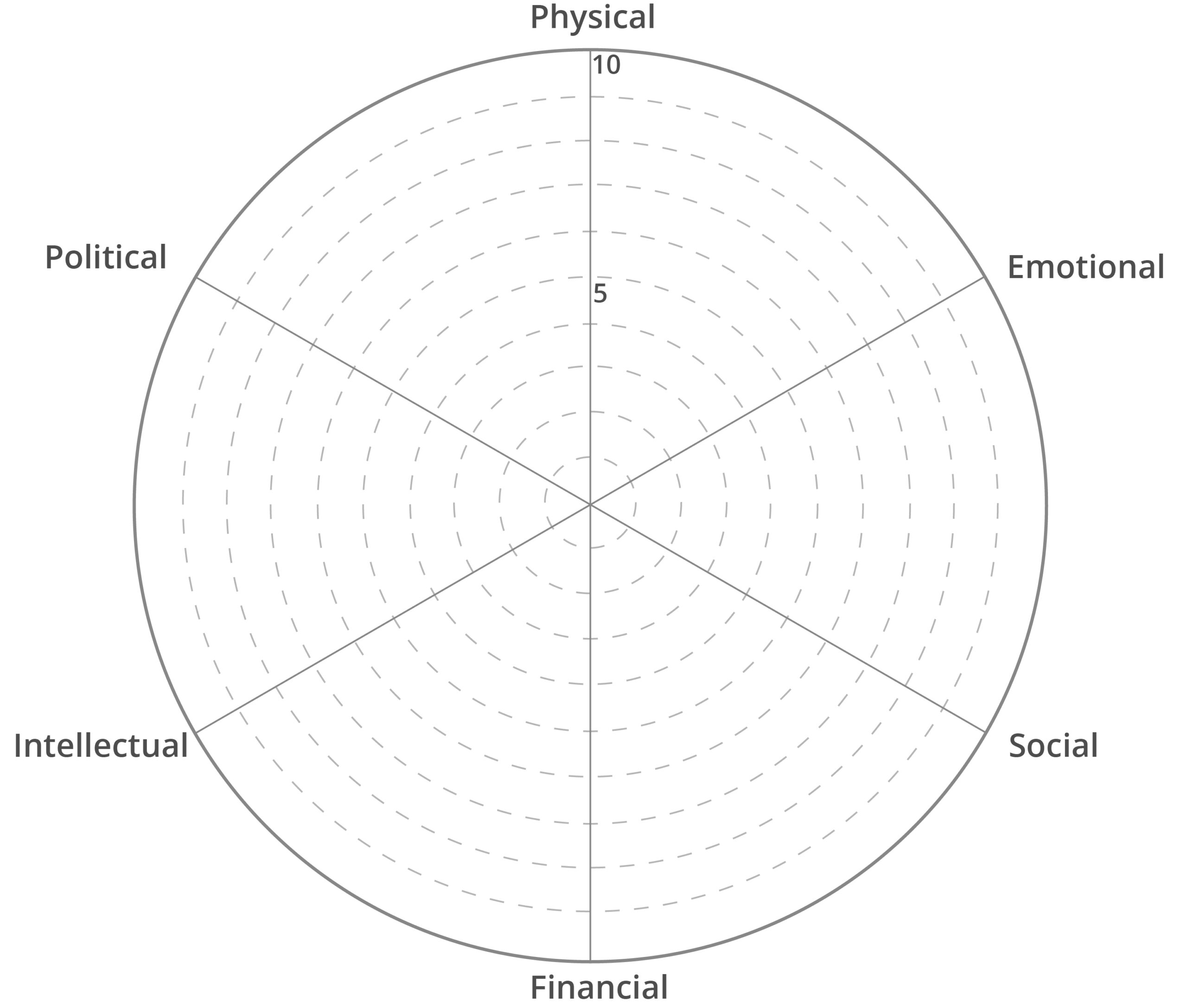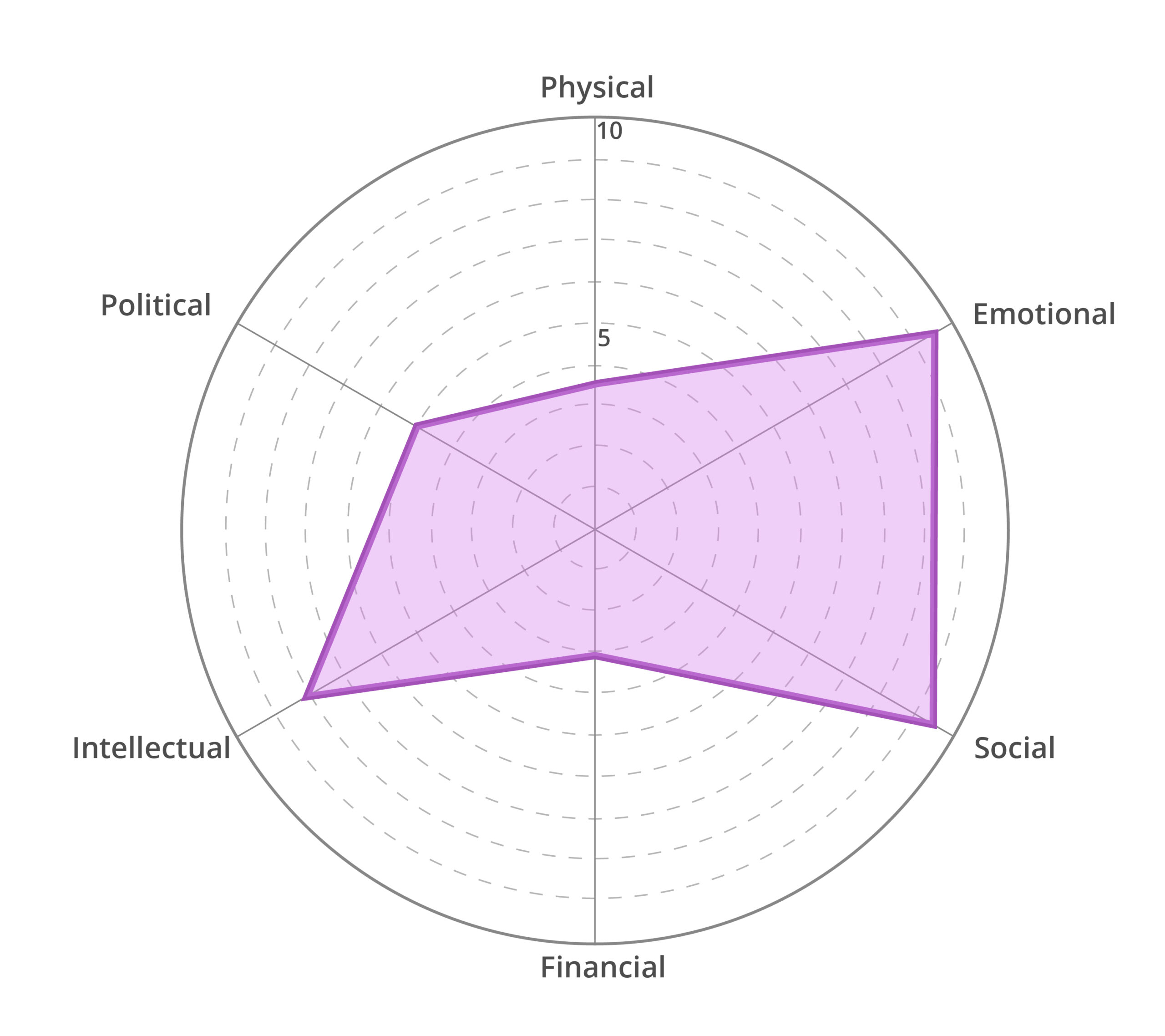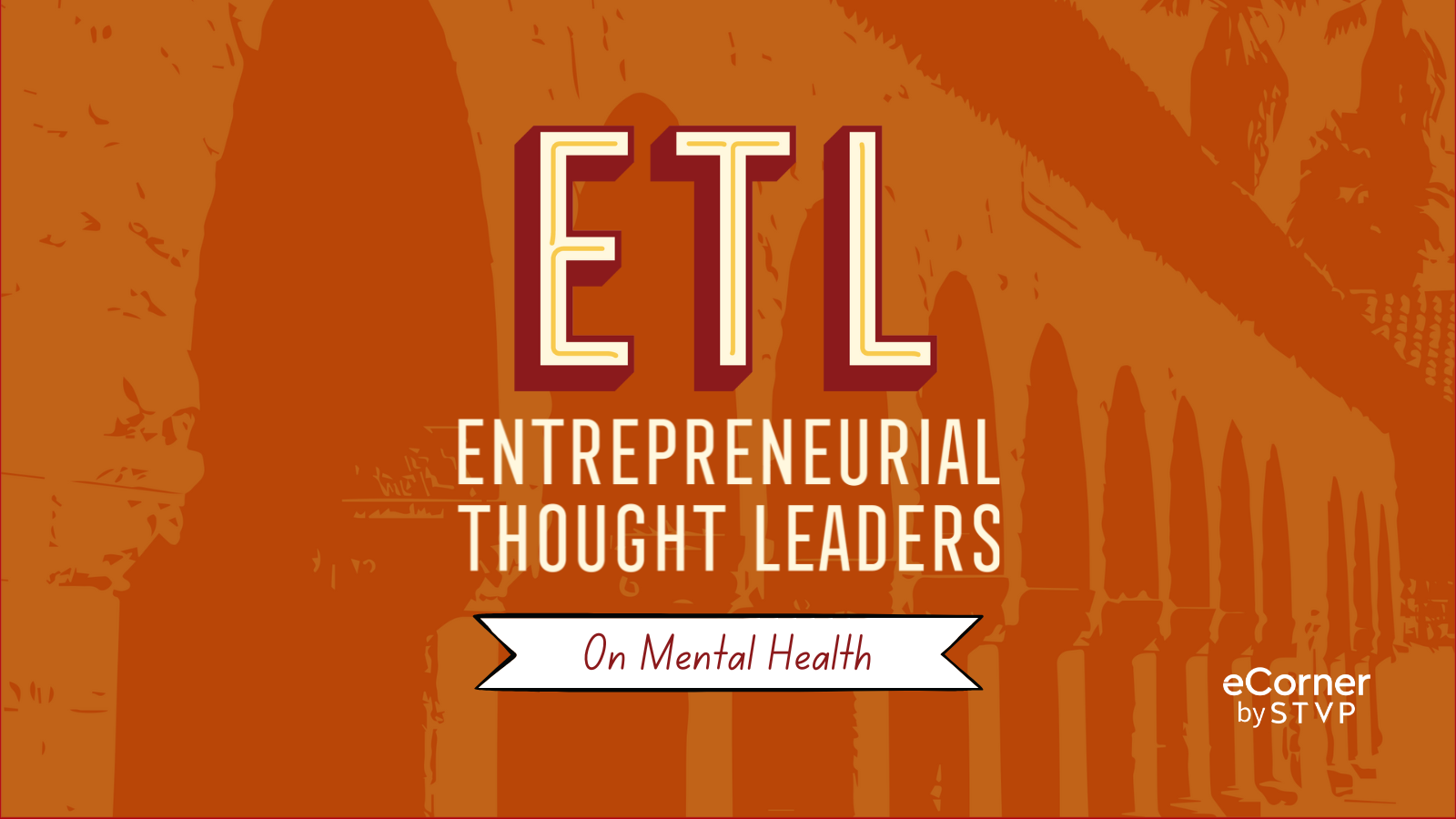
How to Catch the Winds of Luck

Entrepreneurs manifest new ventures seemingly out of thin air. On the surface they look incredibly lucky, but they are really masters of making their own luck. They believe that they are responsible for creating situations that give rise to lucky breaks.
What is luck?
We frequently use the word “luck” in ways that obscure it’s true meaning, deploying it as an excuse to modestly mask the skills we’ve mobilized. And, we give others and ourselves a break by blaming poor performance on bad luck. We are unintentionally conflating the words luck, chance and fortune. There is actually a big difference between these concepts.
Fortune is something that happens to you. It is good fortune to be born into a kind family in a comfortable community, and bad fortune to get hit by a car while crossing the street.
Chance requires an action on your part. You need to take a chance, such as rolling dice, buying a lottery ticket or asking someone out on a date in order to benefit from a chance event that has some probability of occurring.
Luck is “made” by identifying and developing opportunities. It’s tightly connected to your behavior. For example, you’re lucky when you are offered a great job. There was lots of personal agency involved, even though there were forces beyond your control. You had to do the work to build the required skills, to apply for the position and to perform well in the interview.
The confusion between fortune, chance, and luck speaks to the fact that most people aren’t fully aware of how much control they have over their own fate. If you look closely though, you will see lots of ways to increase your luck. The key is understanding that luck is rarely a lightning strike – isolated and dramatic – but a wind that blows constantly. Sometimes the “winds of luck” blow lightly, sometimes in gusts and sometimes in directions that you didn’t expect. Therefore, you need to build a sail – made up of tiny behaviors – to catch them. If the wind is negligible, it will slowly guide you toward your objectives, requiring you to be patient. And, when the wind picks up, you are ready to soar!
The key is understanding that luck is rarely a lightning strike – isolated and dramatic – but a wind that blows constantly.
The trick is that the winds of luck are usually invisible. If you don’t build a sail to catch them, nobody will tell you that you missed out, and you probably won’t even notice. But, over time, you will find that other people have all the luck, moving toward their goals much more quickly.
How do you build a sail to catch the winds of luck?
Taking some risks, by getting out of your comfort zone, is one way to create a sail to catch the winds of luck. Most people think of risk-taking as binary – either you are a risk-taker or you aren’t. But, risk-taking is much more nuanced. There are physical risks, social risks, emotional risks, financial risks, political risks and intellectual risks, to name a few.
I ask my students to map their own risk-profile using this “Risk-o-Meter,” that my colleagues and I developed for our creativity class in Stanford University’s Department of Management Science & Engineering.

They all know right away which types of risks they are willing to take. And, they quickly realize that they all have different risk profiles. Here is an example of my risk profile, showing which risks I quickly take, and which ones I avoid:

I encourage you to map your own risk profile, and to invite others with whom you live and work to do so, too. It is the starting point for a conversation about what types of risks each person is comfortable taking on.
What small risks will you take today that will stretch you outside your comfort zone? Note how you feel before, during, and afterward.
After they map their risk profile, I ask my students to stretch, to push them outside their comfort zone. They might take on a social risk by starting a conversation with someone sitting next to them on the train, an intellectual risk by tackling a problem that seems challenging or an emotional risk by telling someone they like how they really feel. Each of these risks opens the door to a world of possibilities. A social risk might lead to an introduction for a new job, information about a cool new restaurant or it might lead to a new friendship. An intellectual risk might lead to the solution to an important problem, and builds confidence for future problem-solving. An emotional risk might lead to a meaningful conversation that resolves important issues.
Sometimes the winds of luck come from directions that you never imagined, so consistently taking small risks sets you up for catching the unexpected breezes. Here is a story that happened to me:
Several years ago, I was at a small local grocery store frequented mostly by those who live nearby. A man and his young daughter approached me in the frozen-food aisle and politely asked how to prepare frozen, canned lemonade. The man had an accent I couldn’t identify, and I was pretty sure he must be new to the area. I told him how to prepare the lemonade and took a tiny risk by asking where he was from. He said Santiago, Chile. A few minutes later, I was in line behind him at the checkout. I decided to take another small risk by asking what brought him to our town. His name was Eduardo, and he told me that he and his family were in the area for a year so he could learn about entrepreneurship in Silicon Valley. I took another small risk and handed him my business card, telling him about our entrepreneurship center at Stanford’s School of Engineering, and said I’d be happy to do what I could to be of help. Over the next few months, I introduced Eduardo to various people in the entrepreneurship community, and he expressed his thanks for my assistance.
Fast-forward two years. I was heading to a conference in Santiago and took another small risk by sending Eduardo a message asking if he wanted to get together for coffee. At the last minute, he wasn’t able to make it, but invited me to go to a specific building in downtown Santiago with a few of my colleagues. We showed up at the office building and were led to the roof, where we were picked up by his family’s helicopter for a simply spectacular ride above the city, and up to the surrounding mountains. It was amazing! Of course, I didn’t introduce myself and help Eduardo because I wanted a helicopter ride. But, the collection of small risks paid off with great luck two years later.
As you take small intentional risks, keep track of your progress. How does this practice change your relationship with uncertainty? How have others responded to you? What new opportunities did you create? How has your risk profile changed?
Of course, some people are much more fortunate than others, and some start off with a great disadvantage. However, even in unfortunate circumstances, the winds of luck are always blowing. By taking small risks, you build a sail that prepares you to catch the winds of luck, allowing you to see and seize the opportunities around you.


